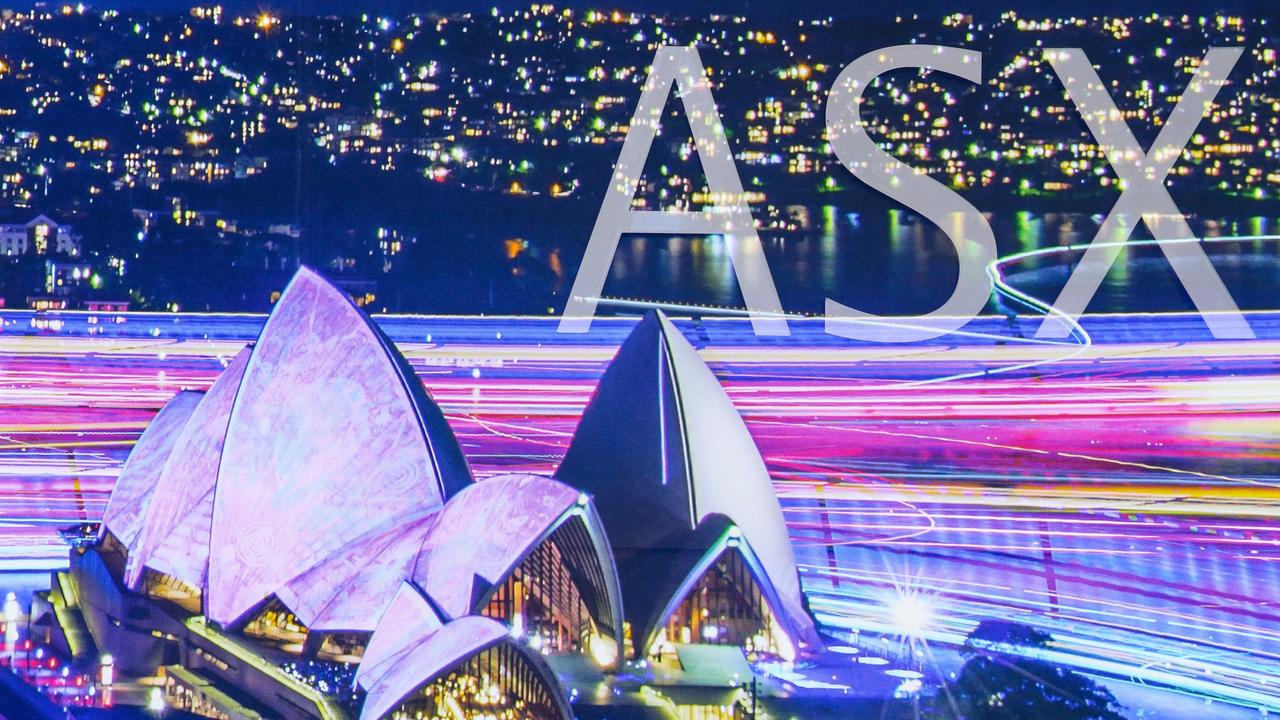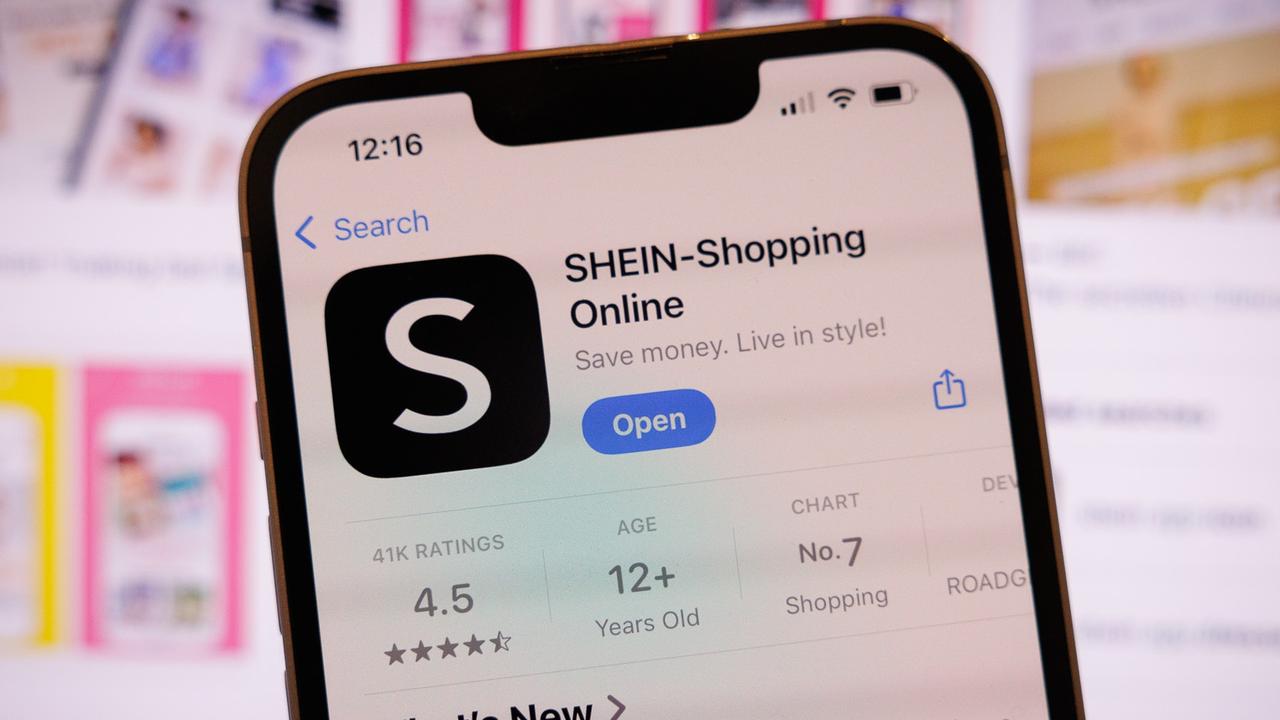Metro Tunnel to ‘transform’ Melbourne
MELBURNIANS have had a massive win, with the government backing a mammoth project that will change commuters’ lives.
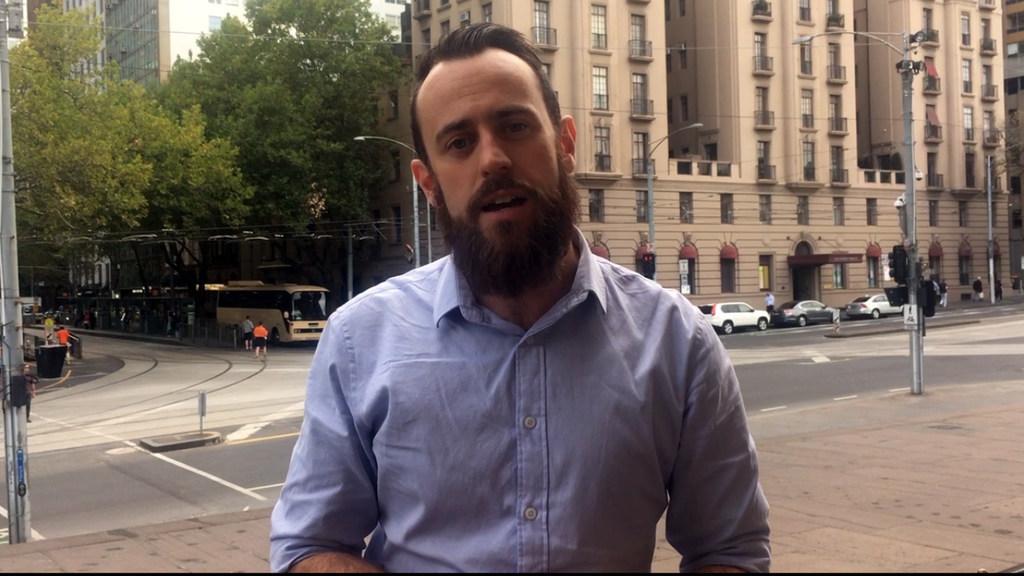
MELBOURNE commuters have had a massive win, with the Victorian Government committing full funding for the city’s $10.9 billion Metro Tunnel in today’s state Budget.
Treasurer Tim Pallas says he is “deadly serious” about creating the tunnel, designed to improve the daily lives of Melbourne commuters who battle with congestion and frustrating delays.
The two 9km tunnels will relieve train pain and take two of the busiest rail lines out of the city loop.
That will then free up space on Melbourne’s entire rail network, with more frequent trains and services.
In his Budget speech this afternoon, the Treasurer made the huge claim that upgrades to Melbourne’s passenger network would help it “take its place among the great public transport cities of the world”.
In today’s Budget, the government has pledged $2.9 billion to the Melbourne Metro Tunnel project over a four-year period.
The government has also committed to funding the whole $10.9 billion for the tunnel over the next 10 years.

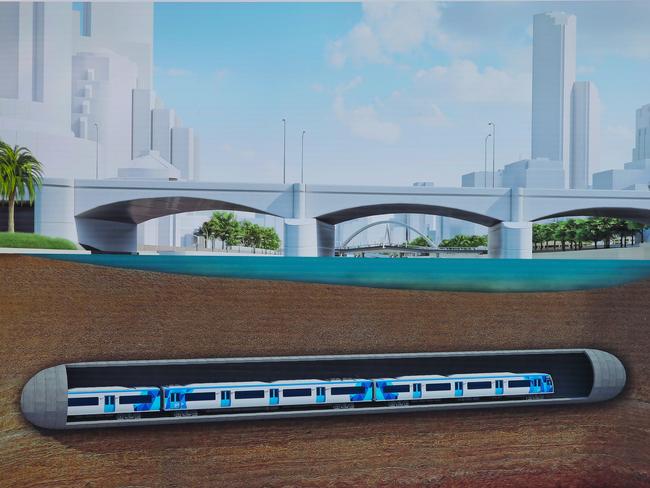
Public Transport Users Association spokesman Daniel Bowen said before the budget there was a massive question mark around funding for the Melbourne Metro Tunnel.
“They are going to need to find some serious money to get the project rolling and major works under way,” he said.
It appears that’s exactly what the government has done.
The project should create room for 39,000 more passengers during each peak period and will increase train services on the Sunshine-Dandenong line as well as the Werribee, Craigieburn, Upfield, Sandringham and Frankston lines.
Frankston in particular is notorious for delays — with people stranded on platforms sometimes for 30 minutes waiting for trains — but the station will get a $50 million upgrade as well.
The Budget also pledges $588 million to extend the South Morang railway line to Mernda, a growing suburb.
Premier Daniel Andrews said this was the biggest public transport overhaul in Victorian history and the Melbourne Metro Tunnel funding was described as the “centrepiece” of the entire budget.
The state has shafted the federal government, saying it cannot wait any longer for the Turnbull Government to deliver money for the project.
Train commuters won’t be the only winners from this Budget, with about $25 million also given to improve the city’s buses.
About $10 million will create new bus routes, but the location of those are yet to be determined.
The government set aside an additional $15 million to create new bus routes in 2017-18, but it has bought that money forward to start improving commutes immediately.

WHAT ABOUT ROAD CONGESTION?
The government wants to improve the commute for people going into the city, and has vowed to cut travel times between Melbourne and Geelong by 20 minutes.
Over four years, the government will splash $1.46 billion to develop the Western Distributor project.
It will give commuters a travel option other than the notoriously slow West Gate Bridge, creating a second river crossing for Melbourne.
The funding also means the congested Monash Freeway will be widened from four lanes to five in each direction between the EastLink interchange and the South Gippsland Freeway.
The freeway will be widened from two to three lanes each way through to Clyde Road in Berwick.
In other good news for road users, the Monash Freeway will remain toll free.
The freeway is expected to be completed in 2018 and Roads Minister Luke Donnellan said this would build a faster, more reliable and safer freeway for the 200,000 Victorians in the southwest who use it every day.
WHAT DOES THIS MEAN FOR GROWING SUBURBS?
Last year, almost 2000 people a week were flocking to Victoria and the government has predicted Melbourne will take over Sydney as Australia’s largest city by 2030.
The government has needed to address how it will deal with urban sprawl and plans to start by easing congestion on roads used by those in the outer suburbs.
You could soon be home quicker with upgrades announced for arterial roads around Melbourne.
In Eltham, Thompsons Rd, Yan Yean Rd, O’Herns Rd, Hoddle St and Bolton St will be revamped to cut congestion.
The government will spend $38.4 million to upgrade an intersection at Hallam Rd, Evans Rd, South Gippsland Highway and Hallam Rd.
Laverton North will benefit from an upgrade of Dohertys Rd, with lanes doubling from two to four between Fitzgerald Rd and Grieve Pde.
An additional lane will also be added to Plenty Rd in Mill Park in each direction between McKimmies Rd and Bridge Inn Rd.
These upgrades will be paid for with both public and private funding.
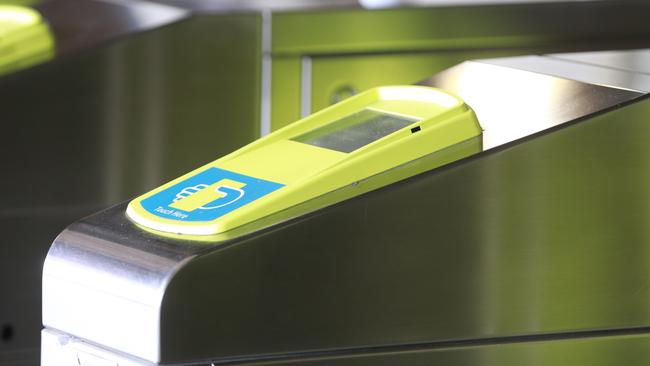
WHAT YOU’RE NOT GETTING
While there is plenty of good news for commuters in the Budget, the government appears to have overlooked some massive frustrations Melburnians have when it comes to public transport.
Mr Bowen said a major win for the city would have been a rail link to Tullamarine Airport, but it is missing from the budget this year.
A spokesman for Transport Minister Jacinta Allan said the government needed to focus on the Metro Tunnel first, to even out congestion in the middle of the train network.
The tunnel would be the step towards building a rail line to the airport, but with the tunnel not due for completion until 2026, does that mean Melburnians will be without that rail link for a decade?
“Airport rail is something a lot of Melburnians would like to see, but the government doesn’t see it as a priority,” Mr Bowen said.
The city’s trams have also been left out, after it received funding last year to build new stops.
But the government isn’t tackling the short-shunting issue head on, which sees people pushed off their trams before they reach their stop.
Thousands of passengers on an average of 243 services each day are being kicked off so trams can make up for lost time.
Yarra Trams spokesman Simon Murphy said 80 per cent of Melbourne’s tram network was on shared roads so short-shunting aimed to free up space for other trams using the same line.
Melburnians are all too familiar with the frustrations that come with owning a myki travel smartcard. They don’t top up instantly and the system itself suffers from a number of glitches.
But the government has not put any money into upgrading the myki infrastructure in today’s Budget.
Myki is currently up for tender.

